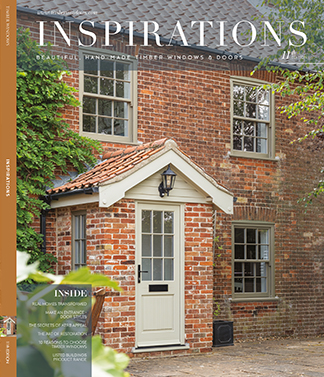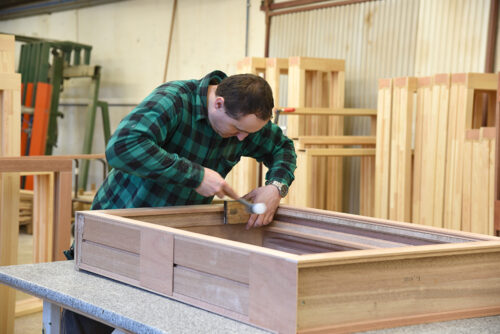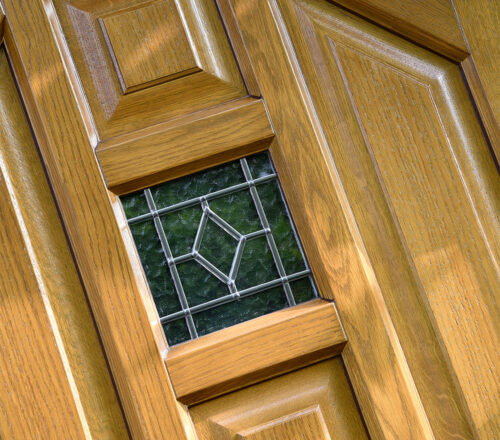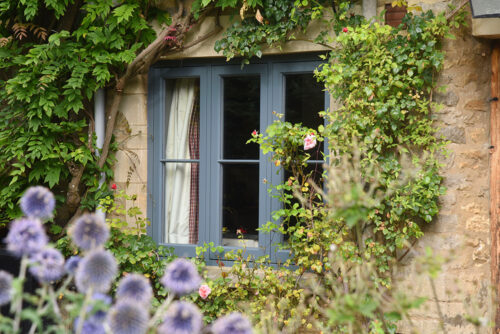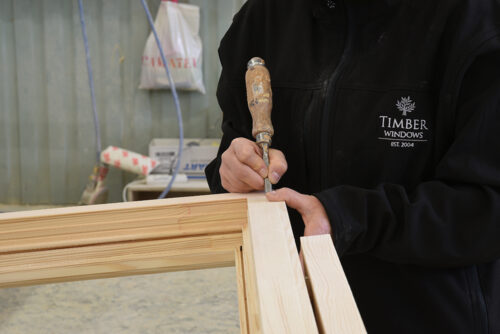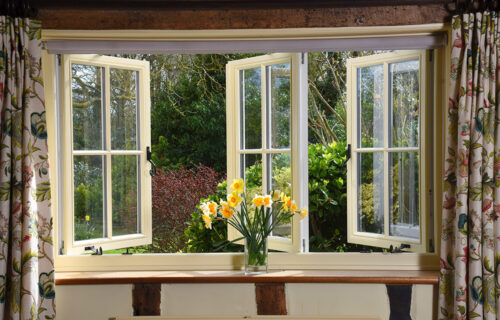The Environmental Impact of Timber and Man-Made Materials
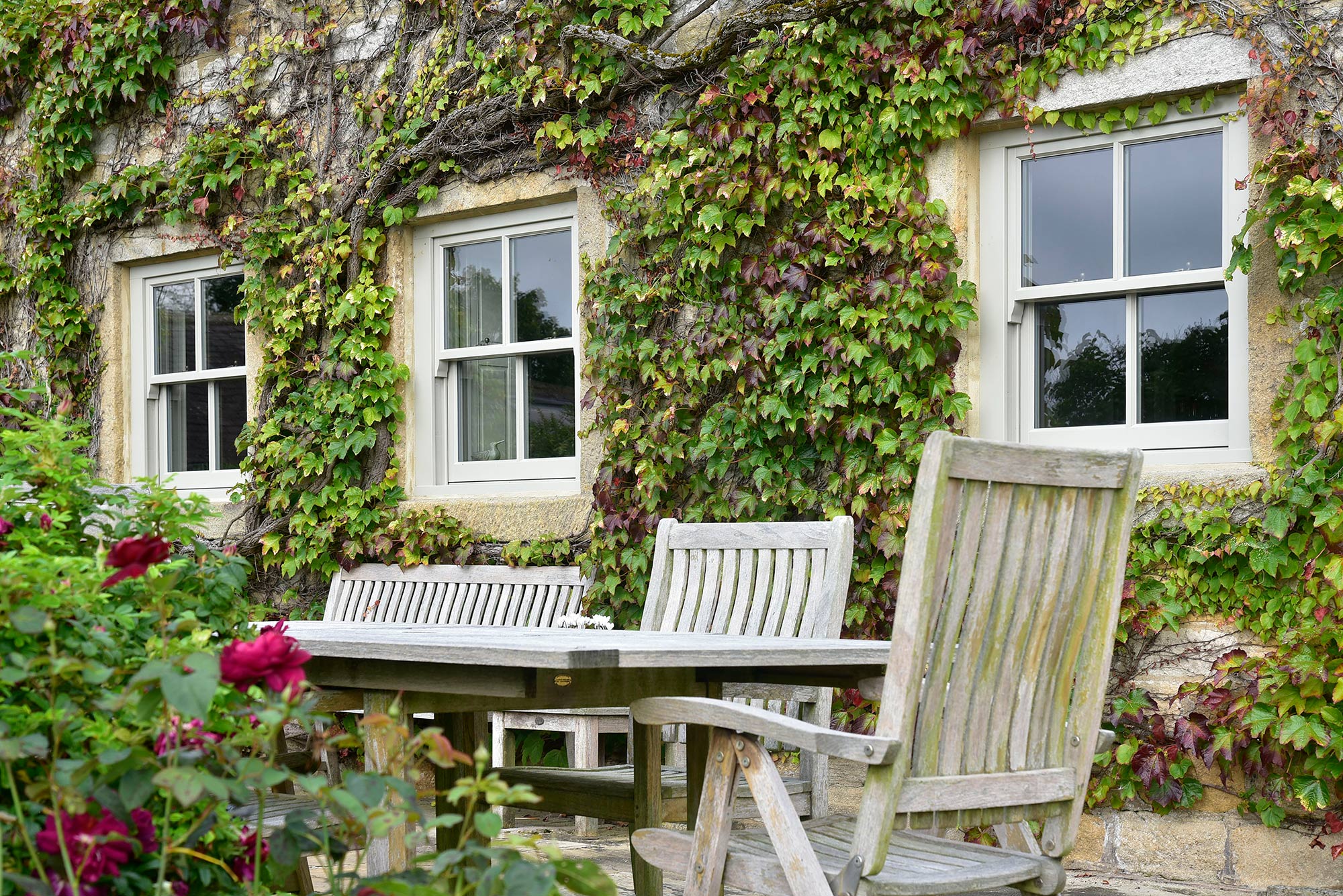
When identifying the primary materials used in the manufacturing of windows and doors, these can be categorised into two sections; natural materials (timber) and man-made materials (for example PVC).
In today’s economic climate, a focus on sustainability and protecting the environment is becoming more prevalent than ever before. Many are doing their upmost in their everyday lives to reduce their carbon footprint. Yet, myths remain concerning the use of timber in making windows and doors and here we aim to investigate and address these myths.
The manufacturing processes
Arguments can arise when looking into the use of timber for fenestration products as trees are felled to be used in their production. With Timber Windows, our Engineered European Redwood is derived from sustainably managed plantations in Northern Europe. So, when trees are felled, new ones are always planted to replace those harvested. Did you know that European forest areas are expanding by around 5000 sq. km every year? As trees are crucial in the removal of Carbon Dioxide from the atmosphere, the growth in sustainable forestry is imperative.
PVC is a common material that is used on thousands of products seen in our everyday lives. However, this is a synthetic material that relies heavily on the use of Oils, Dioxin and Chlorine for its production. The manufacturing processes involving these chemicals releases harmful toxins into the atmosphere.
The manufacturing process of PVC is commonly cited as one of the most environmentally hazardous consumer materials ever produced. So, while consumers may be seeing a smaller price tag, the manufacturing processing behind the scenes is by far, more environmentally damaging than products using timber. The World Wide fund for Nature found that the production of PVC windows uses up to 8 times more energy than timber and produces up to 12 times the amount of Carbon Dioxide.
FSC
Not only is the Engineered Redwood we use for our range of windows and doors a natural material that causes less damage to the environment than PVC alternatives, but it is also Forest Stewardship Council ®(FSC ®) certified (C124392). You can read more about the FSC here.
The FSC is the leading body focusing on environmentally managed, sustainable forests. Every step of our manufacturing process conforms to the strict standards set out by the FSC, which means from the tree felling to the finished product, our processes place ethics and the environment at the forefront.
The disposal process of windows and doors
Timber is of course a natural material and thus, when timber manufactured fenestration products reach the end of their life, they can be broken down, recycled and disposed of sustainably.
On the other hand, PVC as mentioned, is a synthetic material. Plastic recycling thankfully is on the increase, but this is more for plastics used in food packaging for example. PVC windows in many cases, either cannot be recycled or is very expensive to and so, many end up in landfill. When recycled, Greenpeace found that the chemicals used to produce them are released into the air and water during the recycling process and so they found that only 3% of PVC is currently recycled.
This horrifying statistic further highlights their environmental risk. When plastic does break down, it breaks into smaller pieces which can be then be eaten by wildlife, presenting serious health risks.
Performance of man-made and natural materials
There are of course benefits opting for PVC windows, however, when you look at both the performance and sustainability of these windows compared to engineered timber, PVC does not compare.
On average, the life span of a PVC window is roughly 20-25 years compared to 60 for engineered timber. So, while there may be cost savings in the short term at the time of purchasing, a need for replacements in the future will completely offset this and the environmentally damaging manufacturing methods will be repeated.
Furthermore, when it comes to the glazing methods used, our range of timber windows and doors incorporates enhanced thermally insulating glass which is far superior to a standard double-glazed window, as less heats leaks from the home. This results in a 45% saving in energy costs, helping to reduce both a homeowner’s energy bills and contribute to reducing the UK’s energy consumption.
Summary
The preconception that timber windows are detrimental to the environment due to the process of felling trees is misconceived. Through sustainable forest management, and without the need to use damaging chemicals and oils in the manufacturing process, timber windows and doors do far less damage to the environment than PVC alternatives, as well as last longer and perform to a higher standard. We have all seen the horrific effects that pollution continues to have on the earth’s climate and wildlife.
Due to replanting, the manufacture of timber fenestration products has the opposite effect as forest areas are growing, helping to remove harmful toxins in the atmosphere, partly caused by the manufacture of the PVC material, as well as protecting and growing natural habitats for wildlife.


